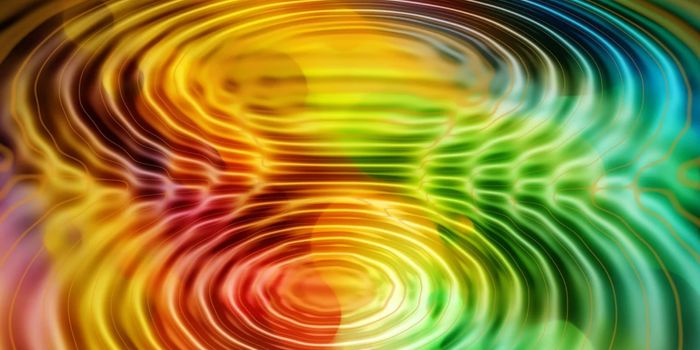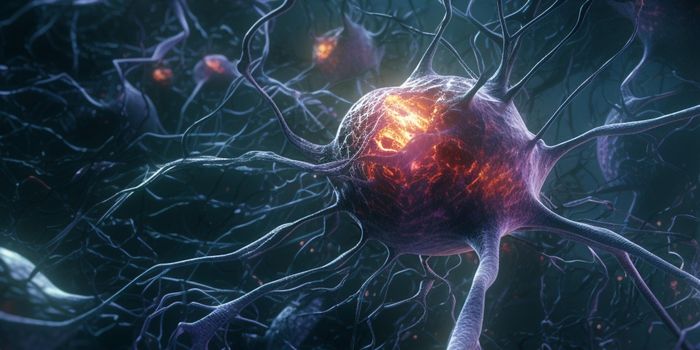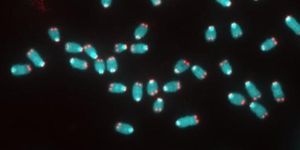Understanding How Loose RNA Molecules Help Rejuvenate Skin
People have seemingly always been searching for ways to look younger, and many turn to medicines or laser treatments to look more youthful. While they may be effective, we haven't known exactly how those approaches work. Researchers at Johns Hopkins have now found that a drug called retinoic acid and laser therapeutics act on the same cellular process, a molecular pathway that allows skin cells to detect loose RNA molecules. It is also found in mice and is active during the regeneration of their hair follicles. The work was reported earlier this year in Nature Communications.
"Understanding the biology behind how cellular damage can lead to this type of regeneration can harness a new generation of therapeutics," said the senior author of the study Luis Garza, M.D., Ph.D., an associate professor of dermatology at the Johns Hopkins University School of Medicine.
Mice can reactivate hair follicles after they experience a deep wound, unlike humans. Scientists have known that for many years, and work has shown that free-floating pieces of RNA that's called self-noncoding double-stranded RNA (dsRNA) can trigger this regeneration. It was suggested that this happens since damaged cells release dsRNA where a wound occurs.
Garza wanted to know more about the role of dsRNA in treatments that rejuvenate skin like facial abrasion, micro-needling, and lasers; all of them cause temporary damage to skin. Dermatologists know that these approaches can work to make skin look younger, but they haven't understood why.
In this work, Garza's team gathered samples from seventeen Caucasian patients with an average age of 55 who received laser skin treatments on their faces and arms to erase wrinkles and sunspots. Skin biopsies were taken before the treatment and one week after they got it.
The scientists assessed gene expression in the samples and found that genes that help sense dsRNA, and others that naturally produce retinoic acid were more highly expressed after the treatment. The team mimicked laser treatment on isolated skin cells by exposing them to dsRNA, and saw retinoic acid levels in the cells increase more than tenfold.
"It's not an accident that laser rejuvenation and retinoic acid have both been successful treatments for premature aging of the skin from sun damage and other forms of exposure," noted Garza. "They're actually working in the same molecular pathways and nobody knew that until now."
Next, the team engineered mice that lacked a protein, toll-like receptor 3 (TLR3), since it's known to detect dsRNA. These mice were no longer able to regenerate their hair follicles following a wound. After the mice were treated with retinoic acid, their hair follicles began to regenerate again.
"In retrospect, it makes a lot of sense because retinoic acid is already a mainstay of wrinkle reduction and nobody knew what turned it on," said Garza. "Now we know that damage leads to dsRNA, which leads to TLR3 activation and retinoic acid synthesis."
This research may help create new ways to reduce sunspots and wrinkles or to help hair follicles regrow after a wound.
"After a burn, humans don't regenerate structures like hair follicles and sweat glands that used to be there," says Garza. "It's possible in light of these new findings that double-stranded RNA may be able to improve the appearance of burn scars."
Sources: AAAS/Eurekalert! via Johns Hopkins Medicine, Nature Communications








